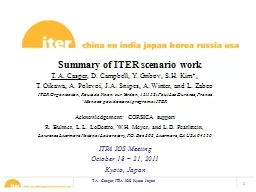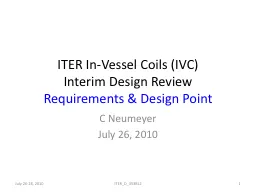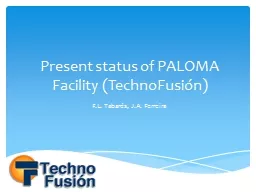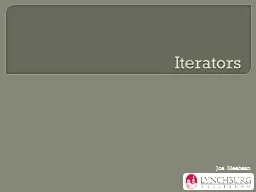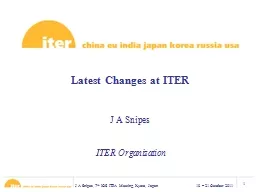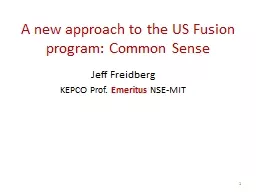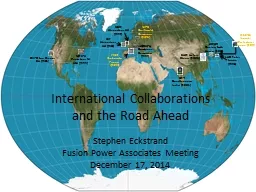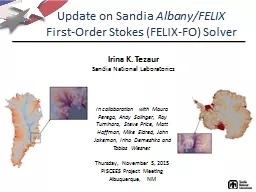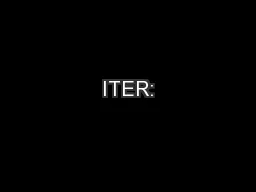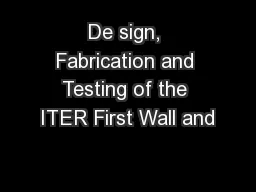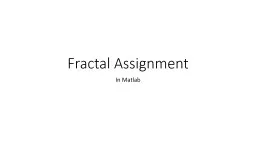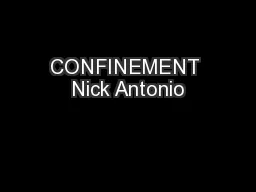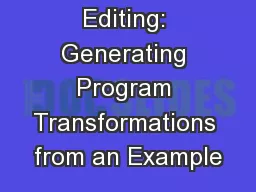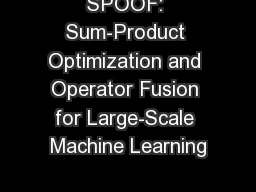PPT-Summary of ITER scenario work
Author : lois-ondreau | Published Date : 2015-10-10
ITPA IOS Meeting October 18 21 2011 Kyoto Japan T A Casper D Campbell Y Gribov SH Kim T Oikawa A Polevoi JA Snipes A Winter and L Zabeo ITER
Presentation Embed Code
Download Presentation
Download Presentation The PPT/PDF document "Summary of ITER scenario work" is the property of its rightful owner. Permission is granted to download and print the materials on this website for personal, non-commercial use only, and to display it on your personal computer provided you do not modify the materials and that you retain all copyright notices contained in the materials. By downloading content from our website, you accept the terms of this agreement.
Summary of ITER scenario work: Transcript
Download Rules Of Document
"Summary of ITER scenario work"The content belongs to its owner. You may download and print it for personal use, without modification, and keep all copyright notices. By downloading, you agree to these terms.
Related Documents

